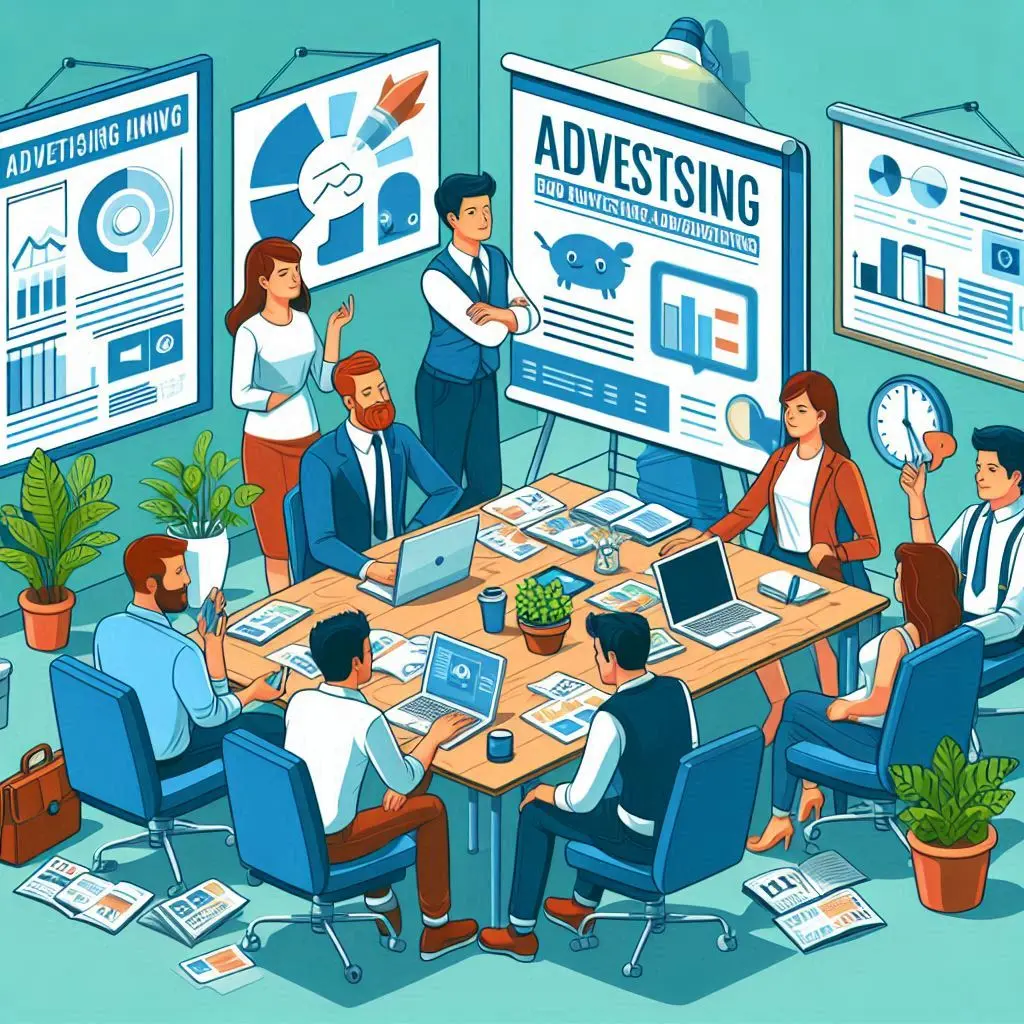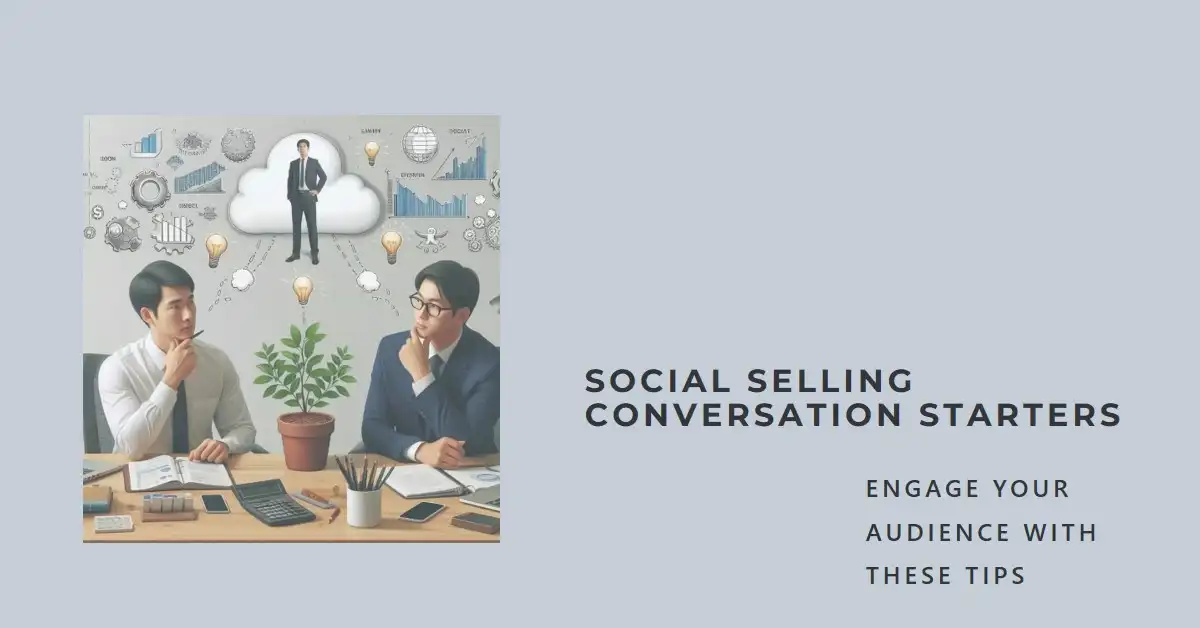Introduction
In today’s fast-paced world, advertisers are racing to keep up with consumer behaviour and trends. The collective attention span has decreased due to digital information overload, making it challenging for ads to capture viewers’ interest. Crafty designs, short videos, and various effective advertising techniques have become crucial to boost the effectiveness of advertising campaigns and create engaging experiences for consumers.

Colour Psychology
Colour psychology is one of the most common and effective techniques used in advertising. Colours have the power to send powerful messages without the use of too many words, as they set the tone for everything that follows. Each shade has a different meaning and can evoke specific emotions. For example, black can make a product look elegant and luxurious, white can symbolize minimalism, and yellow is a universal, accessible colour that brings contrast to visuals.
Typographic Composition
Typography plays a significant role in both advertising and design. Fonts have the ability to influence the way your audience perceives a message, as they can further depict information and make visual storytelling more effective. When creating an ad, consider how you can pair fonts and ensure that both styles are in perfect balance, complementing the ad’s colour palette.
Minimalism
With social media platforms like Facebook and Instagram being packed with sponsored posts, minimalism can be an effective visual style to make your ads stand out. Putting your products front and center, on a white or neutral background, in a carousel ad can help them get noticed while also allowing you to promote more than one product with a single ad.
Emotional Appeal
Emotionally charged ads can go straight to your audience’s heart, making emotional appeal one of the most persuasive approaches in advertising. Advertisements that evoke human emotions, such as happiness, sadness, surprise, fear, anger, or disgust, create engaging experiences for consumers. By using association and symbolism, advertisers motivate potential customers to take specific actions.
Bandwagon Technique
The bandwagon effect is a persuasive modern technique that taps into what your audience desires, using emotional cues to make people act quickly when purchasing something. One approach is to advertise the fact that you have a series of limited products that your audience needs to buy right away, relying on the fear of missing out (FOMO).
Gestalt Principles
The Gestalt Principles are a set of laws describing how the human brain works and how we perceive the world from a design perspective. By applying these principles, visual content makers can build more engaging experiences. Some of these principles include simplicity, synchrony, and association.
The Golden Ratio
The golden ratio is a mathematical ratio encountered in nature and used in design to create perfect compositions that are not only effective but also remarkably pleasing to the eye. Designers can use the Fibonacci numbers to create an airy approach method, ensuring that ads stand on balanced elements and have a similar focal point.

Focal Point
Creating a distinctive focal point is an important visualization technique in advertising. By using selective focus, exposure, or light source, advertisers can guide the audience’s gaze to a specific spot in the ad, making it more memorable and impactful.
Association and Symbolism
Association and symbolism are advertising techniques that rely on the use of images to create a chain of ideas and thoughts behind a design. Symbolism uses dramatic visuals, metaphors, or similarities to draw attention and interest towards a product.
Body Language and Gaze Induction
Body language and gaze induction are nonverbal communication techniques used in advertising. By using a person’s posture, body movement, or facial expressions, ads can express emotions without the use of text. Gaze induction involves having the featured person (usually a celebrity) not look directly at the viewer, creating a feeling of mystery.
Endorsements and Influencer Marketing
Brands often use celebrities and influencers for advertising their products because they carry a particular influence over their audience. Consumers want to use the same products as their favourite celebrities or influencers, making endorsements and influencer marketing effective techniques, especially for luxury brands and millennials.
Behind-the-Scenes
Giving customers a behind-the-scenes look at the making of an ad campaign can make them feel more connected to the brand. Photos and videos from behind the scenes show the hard work and effort that went into the campaign, creating a sense of appreciation and engagement.
Fantasy
The use of fantasy is another advertising strategy that combines advertised products with fantastic visual elements to spark the audience’s imagination. This technique can be particularly effective for products related to safety, adventure, or escapism.
Facts and Statistics
Using facts and statistics is a popular technique in advertising that appeals to the rational part of the human brain. This approach can be persuasive when selling products like cosmetics or household cleaning items, as it provides objective data to support the claims made in the ads.
Humour
Incorporating humour into advertising campaigns can turn ordinary promotional messages into enjoyable, memorable, and highly shareable content. By connecting with the audience’s sense of humour while staying true to the brand’s identity and message, humorous ads can effectively grab attention and create a lasting impression.
Storytelling
Storytelling in advertising involves creating a narrative that captivates the audience’s attention and conveys the brand’s message in a relatable and engaging way. A well-crafted story can elicit emotional responses, making the brand more memorable and impactful.

Repetition
Repetition is a powerful advertising technique that involves increasing the visibility of your ads or repeating the same concept or object within an ad. By bombarding consumers with a constant stream of messages, brands hope to embed their products in the minds of potential customers, making them think of the brand first when in need of a particular product or service.
Unfinished Ads and Bribe Incentives
Unfinished ads are those where the claims seem unfinished, leaving the audience intrigued and wanting more information. This strategy is often used in ads that claim a product or service is superior to competitors without providing specific details.
Bribe and incentive techniques, on the other hand, entice viewers to buy a product by offering something extra, such as discounts, free shipping, or buy-one-get-one deals.
Bottom Line
In the ever-evolving world of advertising, these strategies and techniques remain effective in capturing the audience’s attention and creating engaging experiences. By understanding your target audience and experimenting with various approaches, you can identify the best techniques to draw their attention and keep them interested in your products or services.
Related Content
Why is branding important for a business?
What’s the difference between branding and marketing?
What must an entrepreneur assume when starting a business?
Resource




